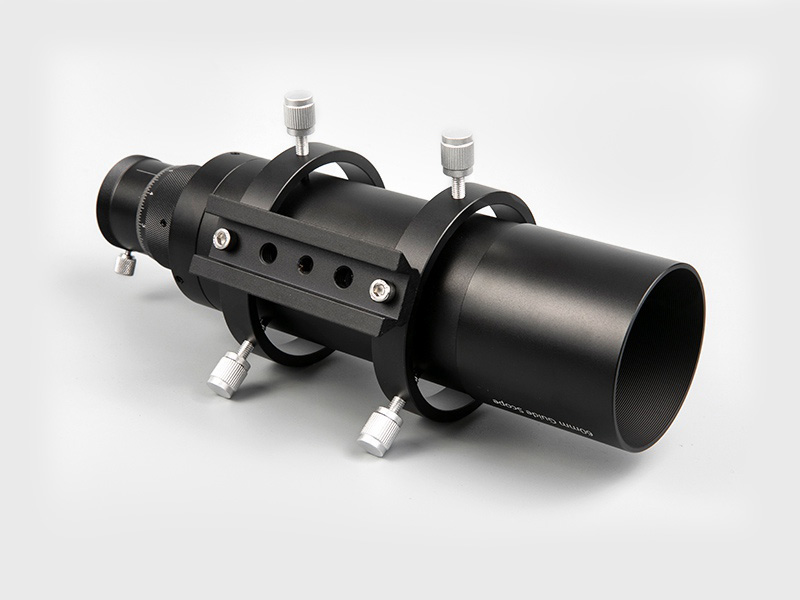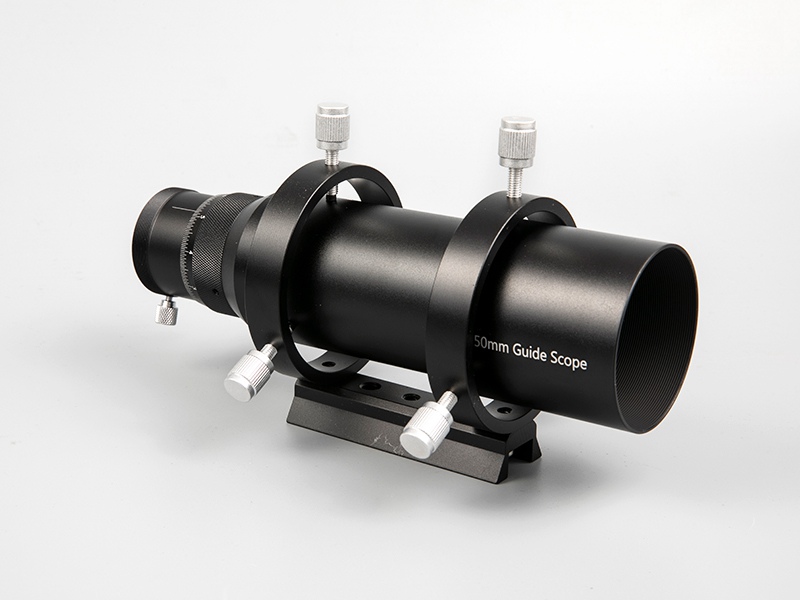The world's largest single-aperture 500-meter spherical radio telescope (FAST) project will start construction in Pingtang County in 2009. This is a great event worthy of the joy of the people of all ethnic groups in the county. The 500-meter single-aperture spherical radio telescope (FAST) construction project is one of the nine national science and technology infrastructures reviewed and determined by the National Science and Education Leading Group. The completion of the project will develop the nature of dark matter and dark energy, the origin and evolution of the universe, Research activities such as the origin of space life and the search for extraterrestrial civilization provide important support; its construction is of great significance to China's promotion of independent innovation capabilities, enhancement of scientific and technological competitiveness, promotion of original innovation results, and promotion of high-tech development.
We use our eyes to see objects. Due to the different sizes of objects, we can see clearly within a relative distance. When we go beyond a certain distance, we can't see and can't see clearly. At this time, if you use a small telescope, you can see clearly. This commonly used telescope is a simple optical telescope. When astronomical scientists observe celestial bodies, because the celestial bodies are far away from the earth, the telescopes they use are special equipment, which are much more complicated than the small telescopes we usually use and have very high accuracy. But it is researched and manufactured according to the second optical principle, and it observes visible light. Although various optical telescopes are not the same, scientists usually classify telescopes that observe visible light as "optical telescopes."
When astronomical scientists observe celestial bodies with various optical telescopes, they find that the universe is indescribable and there are countless unobservable celestial bodies. At the same time, it was discovered that various celestial bodies in the universe not only emit visible light, but many celestial bodies also produce electromagnetic waves of different wavelengths. In order to use the electromagnetic waves of celestial bodies to understand and study more distant and more celestial bodies, it is necessary to build telescopes that can "observe" the electromagnetic waves of celestial bodies. Since the electromagnetic waves produced by celestial bodies are various, the telescopes that "observe" the electromagnetic waves of celestial bodies are also different. Scientists usually call this main telescope that "observes" electromagnetic waves of celestial bodies as "radio telescopes." In 1994, the National Astronomical Observatory of the Chinese Academy of Sciences began to conduct site selection studies in Pingtang County in the south of Guizhou Province and Puding County in the central part of Guizhou Province.
We know that there is not only a thick atmosphere around the earth we are in, but also an ionosphere produced by the earth's magnetic field. The existence of these atmospheres and ionosphere hinders the radiation of harmful radio waves from space celestial bodies to the earth to varying degrees, and plays a protective role for humans and organisms on the earth. However, for astronomical observations, there is indeed an impact that needs to be overcome. In order to avoid this effect, astronomers seek to place telescopes farther away from the earth, and use various spacecraft to carry various telescopes. This type of telescope scientist is called "space telescope".


 English
English 日本語
日本語 Deutsche
Deutsche España
España








